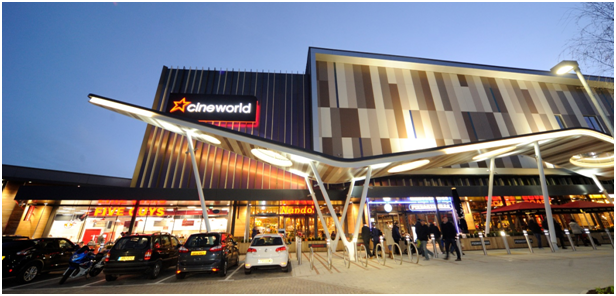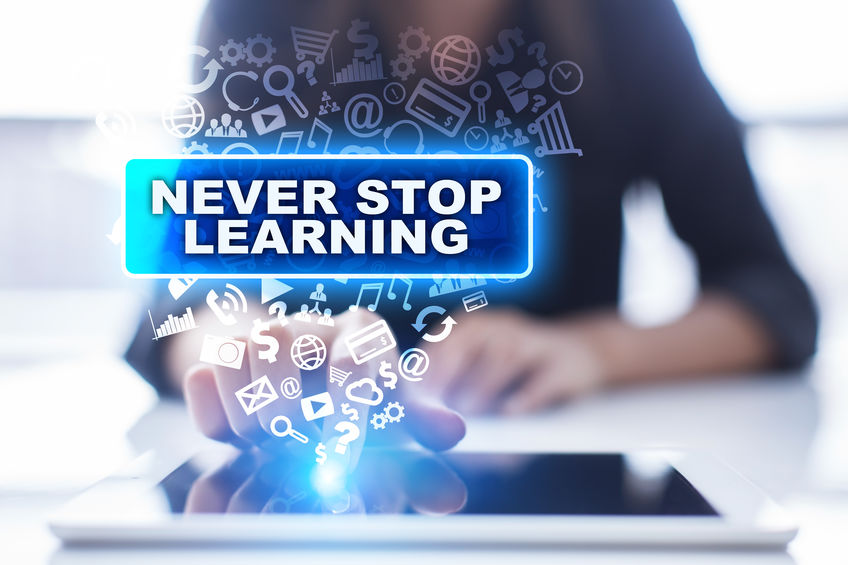
The Experience Economy: How to get Real Value from Mystery Shopping
Is mystery shopping still relevant for your CX measurement and improvement programme in 2017?
The evidence is it can be transformative for customer experience and the bottom-line for retail, entertainment and membership organisations in particular, and I’ll explain why.
But first let’s deal with some serious misunderstandings about how to use mystery shopping. And why it often falls short of expectations.
Firstly, mystery shopping is NOT the same as customer satisfaction – which measures the gap between customer experience expectation and perception. Mystery shopping measures the differences between customer experience designed and customer experience delivered – the gap between what the frontline are asked to do and how they’re actually performing.
Secondly, mystery shopping isn’t only about consumer retail. It has tremendous value for membership and event planning organisations, and is equally as useful for the leisure and recreation sector.
Some people argue that a mystery shopping programme can be replaced by customer feedback, and that they can gain the same type of insight from social media and consumer review sites like feefo and trustpilot. Others view mystery shopping as too artificial for a useful customer experience evaluation. But these people are mistaken.
Obviously, mystery shoppers are NOT real customers, and don’t always reflect your typical customer—whether that’s an avid cinema goer, a corporate rugby match-day spectator or Mr. and Ms. X doing their weekly grocery shop together. What mystery shopping offers is a high-precision tool to improve customer service in your most vulnerable areas. In addition, it’s highly customisable for different objectives. And because it examines what actually happens, as the customer experience unfolds, it enables you to track actionable customer experience metrics.
Here's how to use mystery shopping to really make a difference to your bottom-line:
1) Evaluate customer service across ALL touchpoints.
A well designed and implemented mystery shopping programme ensures that no problem areas remain hidden. It tests almost everything, and tracks specific customer experience metrics, such as how your frontline colleagues:
- Handle different customer types (e.g. nervous, rude, skeptical, annoyed)
- Problem solve
- Handle complaints and refunds
- Deal with membership enquiries
- Represent your brand
Mystery shopping using different personas and a variety of enquiry types, will help focus on goals and measure frontline performance against very specific criteria.
In your search for higher per customer spend, more referrals and new revenue streams, these issues are neglected at your peril.
2) Challenge your systems - in the most difficult situations.
Despite the Institute of Customer Service report which highlights the importance of getting it right first time, things will ultimately never go to plan for every visitor. Most of your customer interactions are probably fairly similar but for every one hundred interactions, you might have one critical moment of truth, giving you the opportunity to keep or lose a customer. Mystery shopping is the best way to test how your frontline handles these higher-risk interactions.
If you simply listen to 50 calls, it’s unlikely you’ll run across high-risk situations like these. Mystery shopping hones in on the moments when your brand and customer loyalty are most vulnerable.
3) Test new initiatives before mass roll-out.
How often do you consider the impact on the customer experience when designing new processes or implementing new initiatives? Mystery shopping is the best way to road-test these initiatives and feedback on issues that are regularly overlooked before it’s too late.
For example, we had a client who invested heavily in a new member services system and asked us to report back on its effectiveness from a customer viewpoint. What they hadn’t realised was that the level of colleague training at the sports centres used for this trial wasn’t sufficient to support the new system effectively, and until that was rectified, roll out across the estate wouldn’t have supported their objective of increasing member numbers.
4) Get accurate like-for-like comparison with your competition.
Competitors are always part of the equation, but it’s hard to get an accurate comparison of their performance versus your own. Customer satisfaction surveys reveal how customers perceive you in relation to your competition, but they don’t measure concrete differences that may exist.
Mystery shopping looks at actual performance, using the same criteria to objectively evaluate you and your competitors. This can be useful to look at the entire competitor set or specifically to look at key competitors moving into a nearby location. Either way, it will provide you with excellent business intelligence and help identify weaknesses in your offer.
For example, one of our event catering services clients was aware that a key competitor was starting to move more aggressively into their sector. By mystery shopping that competitor we could provide feedback on the actual end-to-end customer experience, which our client was able to utilise to fine-tune their offer, promote their USPs and fend off an attack on their client base.
5) Validate the value of your training programmes.
Customer service and product knowledge training both play a critical part in improving the customer experience, but how often is the effectiveness of the training and how it was implemented measured? Mystery shopping will precisely evaluate how your frontline are performing in relation to the training that they’ve undertaken. This will allow you to make amendments as required and ensure that you maximise your ROI in relation to your financial outlay on colleague training.
6) Incentivise your frontline.
Setting targets using a well-designed mystery shopping programme is the best way to positively reinforce colleague behaviours and share best practice across your organisation. Several objectives can be met such as:
- Are the service basics, such a friendly hello and thank you, being delivered to every customer?
- Are your latest offers or new products/services being mentioned to customers?
- Do you want to keep employees ‘on their toes’ with the thought that ANY customer may be the mystery customer?
If the employees who meet your objectives are recognised in some way, those goals will be met. Recognition can take the form of praise, cash, gift certificates, a plaque or trophy, a mention in the company newsletter, a preferred parking space, or anything else that seems appropriate.
7) Validate employee happiness - and the link with great customer service.
The close link between staff happiness and great customer service delivery is becoming more apparent day by day. Overwhelming evidence now exists to support the fact that happy employees are a great asset and less engaged employees damage sales. By using mystery shopping data combined with employee satisfaction information, it will become clearer how to recruit and train employees who are most able to delivery your customer promise.
In summary, the customers’ experience is, and will remain a mystery – unless you take decisive action.
Whilst customers can give sentiment, they don't have the eye or inclination to provide that micro view that mystery shoppers will look for. Customers themselves might not want, or be bothered to tell you where your people and systems are going wrong.
Mystery shopping gives you a unique service evaluation to use operationally or tactically – to target key sales and service concerns for the business. Done well, it uncovers actionable insights and maps the steps required to transform customer service across retail, leisure and membership organisations.

Jill Spencer, Vice President MSPA Europe
Published 26 January 2017 at https://www.linkedin.com/pulse/experience-economy-how-get-real-value-from-mystery-shopping-spencer?trk=prof-post







